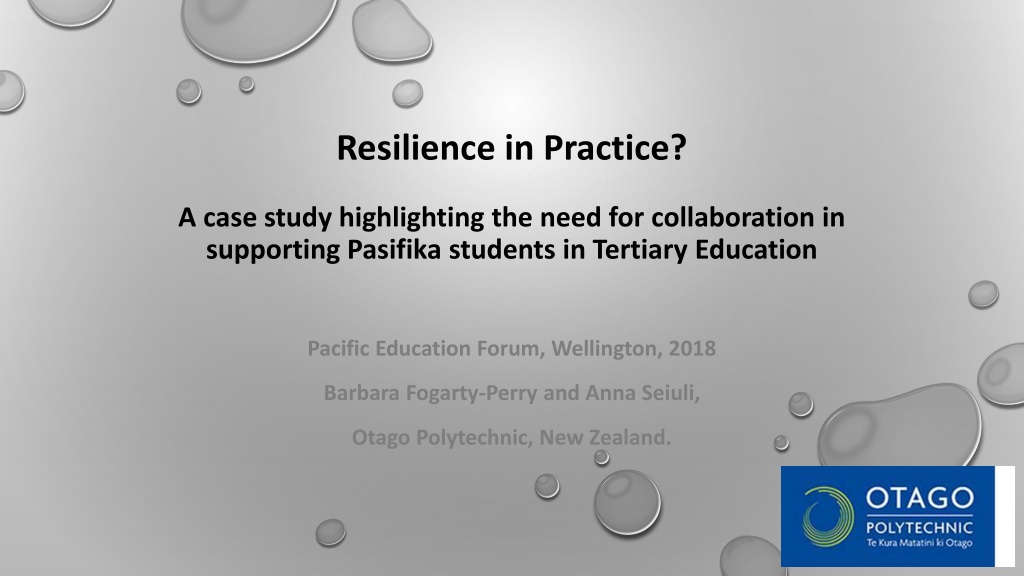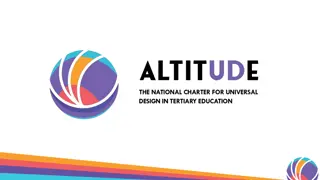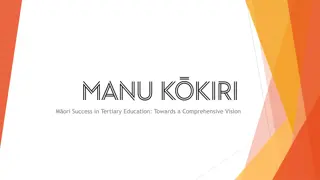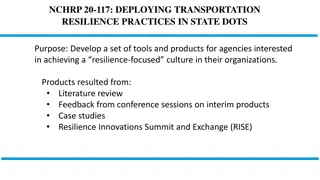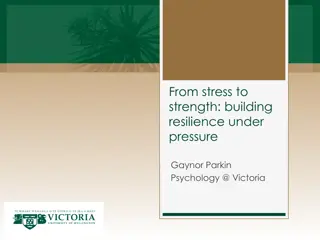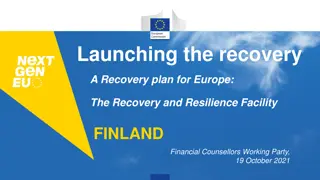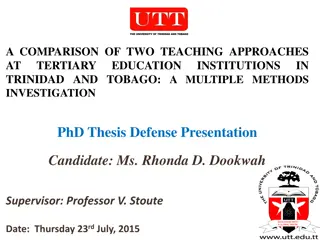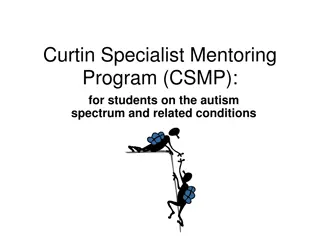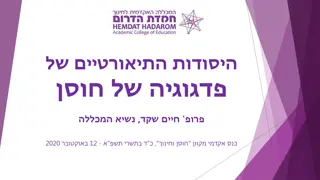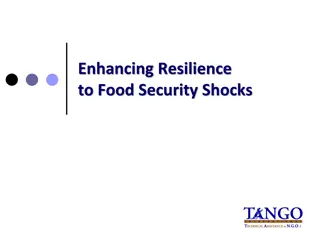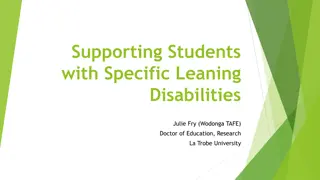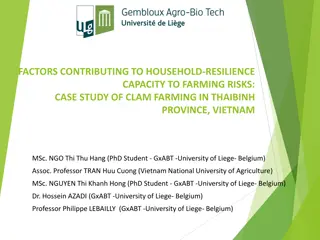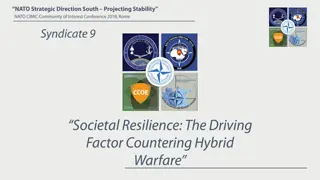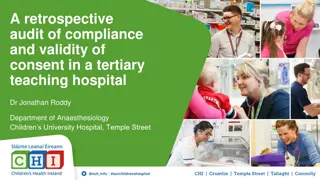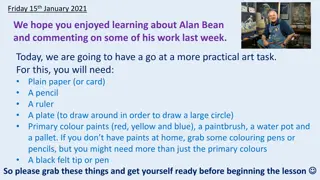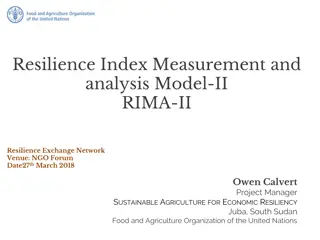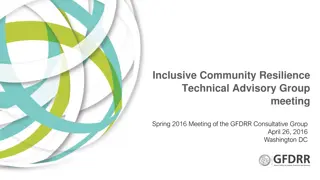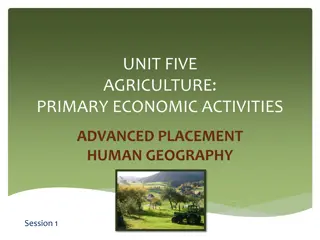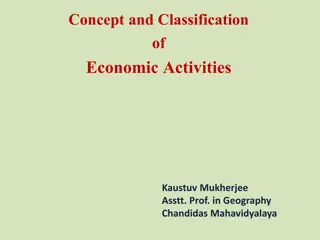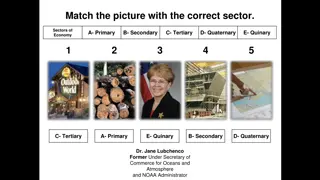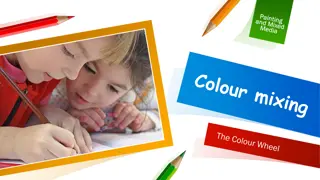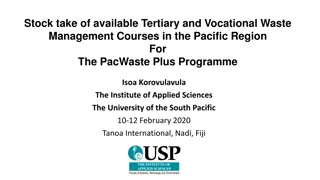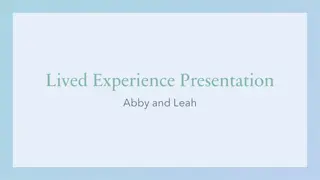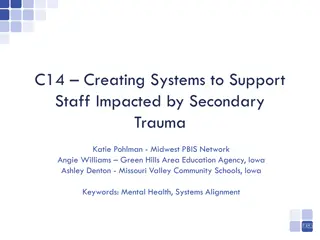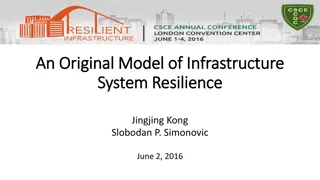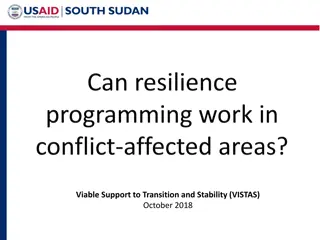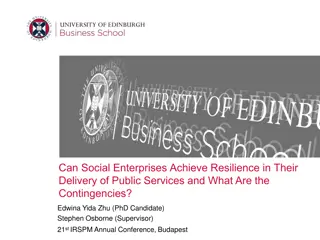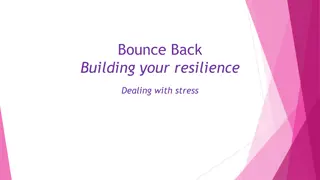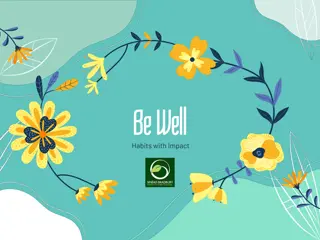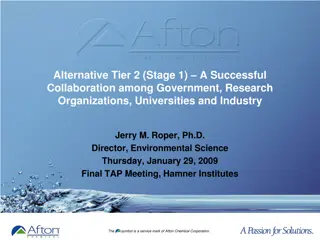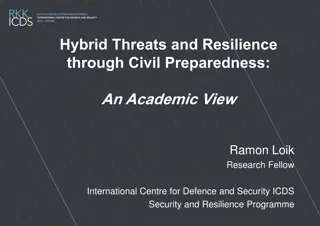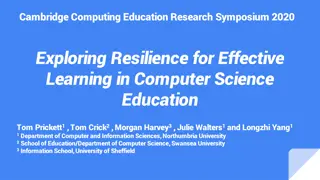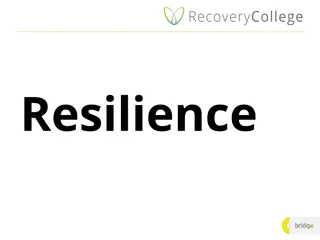Enhancing Resilience through Collaboration in Supporting Pasifika Tertiary Students: A Case Study
Highlighting the importance of collaboration in supporting Pasifika students in tertiary education, this case study explores the journey of a student named Fiona, emphasizing the need for resilience and adaptability. The authors, Barbara Fogarty-Perry and Anna Seiuli, share their insights and experiences in working closely with Fiona and addressing challenges faced in the educational environment.
Download Presentation

Please find below an Image/Link to download the presentation.
The content on the website is provided AS IS for your information and personal use only. It may not be sold, licensed, or shared on other websites without obtaining consent from the author. Download presentation by click this link. If you encounter any issues during the download, it is possible that the publisher has removed the file from their server.
E N D
Presentation Transcript
Resilience in Practice? A case study highlighting the need for collaboration in supporting Pasifika students in Tertiary Education Pacific Education Forum, Wellington, 2018 Barbara Fogarty-Perry and Anna Seiuli, Otago Polytechnic, New Zealand.
Greetings from Dunedin Honourable Speakers, conference organisers and tertiary colleagues It is wonderful to be here today and presenting with my colleague Anna Seiuli who I have worked with closely on and off over the past four years. My current role is Programme Leader in the Bachelor of Social Services at Otago Polytechnic and in this role supporting students Anna and I have worked together closely at times. The case study we will present today is around a student in this degree who we have worked in supporting over the last three years but more closely this year. For the purposes of anonymity we will rename her Fiona.
My Background: Mother of three children (eldest of whom has Cerebral Palsy) Researcher Program leader in Bachelor of Social Services at Otago Polytechnic, Also lectured for five years at New Zealand s two universities: Otago and Auckland in Inclusive Education. Currently a Senior Lecturer in Disability Studies (four years) and this year in Mental Health Otago Polytechnic Disability and Mental Health Adviser (2015-2016) Trained as a primary school teacher, taught for nine years. Principal in two New Zealand schools for eight years.
ANNAS BACKGROUND: COUNSELLOR STUDENT ADVISOR PASIFIKA LECTURER FACILITATOR MASTERS STUDENT MOTHER TO TWO ADULT SONS
WHAT IS RESILIENCE ? : In current literature, resilience is defined as being able to bounce back (Gill, 2017) from lifes challenges and it is therefore a vital skill for students on work placement. Researching resilience is particularly relevant to industry professionals as there is very little published research in the area around what strengthens resilience in students on work placements. Internationally and in New Zealand there is a considerable body of literature around youth and resilience more generally (Sanders, Munford & Boden, 2017), however in terms of work placement there is little discussed. I personally find the area of resilience in students particularly interesting. Speaking from my own experience as a Student Adviser in Disability and Mental Health, I think it is vital to develop resilience in order to be able to survive the particular range of challenges work and study brings. Resilience is also an area which has increasingly come to the fore in recent research literature and this has also peaked my interest. As a leader in my team we often discuss resilience and the need for it with our students when things get tough and challenges arise.
Personal qualities of a resilient individual: Some of the qualities needed for resilience by individuals highlighted from the literature, are that those who are resilient are able to adapt to unexpected transitions. They have a positive outlook and take a role in making good things happen. They have strong personal values and are persistent in tough times, celebrating small steps along the way. They build their strength in times of recovery so it is there in times of stress by investing in self-care. By focusing on the four areas of self, situation, strategies and support they are able to cope with unanticipated transitions. When unexpected challenges arise Schlossberg (1998) describes these as an unanticipated transition. This is a situation which is unpredicted or not scheduled that can impact one s life significantly. Schlossberg (1998) discusses one s ability to cope with transitions in terms of four key areas listed above. This is a most relevant theory when examining resilience in youth and young people. I see Schlossberg s Coping theory aligning with Te Whare Tapa Wha (Durie, 1994), a theory I use significantly in my practice when working in students on placement and in their specialty study areas around personal health and wellbeing. I also researched this area previously as part of a Ministry of Education grant to examine resilience in Christchurch School Principals post-earthquakes (Perry, 2012).
RESILIENCE AND WELL-BEING: In Te Whare Tapa Wha Durie examines the four corners of the Whare (meeting house) as the pillars of well being which are the social (Taha Whanau), emotional (Taha Hinengaro), spiritual (Taha Wairua) and physical (Taha Tinana) supports that enable balance in our well being. In the Meihana model of support the value of hearing individual s stories (Pitama, Huria & Lacey, 2014) of both the person and their whanau, is highlighted as well as other relationships and context. The importance of hearing people s story, asking how they cope and examining what contributes to their well being are all important factors highlighted by these various models in the literature. It is my belief that when working with students in placement we need to first and foremost know our students and know our providers and their settings in order to create a match of skills and the student s interest to the work occurring in the placement setting.
Strategies which enhance resilience: Strategies which enhance resilience when applied into practice settings for students are centred around the following areas: Work practices Methodological Concept Natural setting, normalisation of time, place, context Everyday reality Student as participant learner alongside and within, in the midst of the placement Power sharing , Inclusive positionality Joint ownership Inviting, encouraging foregrounding student views & knowledge Full rich and deep representation Authenticity Voice Joint ownership of need(s), purpose(s), knowledge seeking, strategies, pace and resources Co-construction Partnership for Pacific students with Pacific student support Collaboration, joint ownership of student needs Adapted from McKenzie & Fogarty-Perry (2017).
CASE STUDY BACKGROUND INFORMATION: Fiona is a 36 year old mother of four. She is married with strong family support which enables her to study for her Bachelor of Social Services degree. She is in her final year of study. Last year Fiona was placed in a Pacific Island support service for people of all ages and various needs providing information, activities, support and advice. In the social services area they provide Advocacy, Pacific language translation, food sharing, Whanau Ora and Seniors support. This year Fiona worked in a more generic social services agency as a Community Support worker working with a group of young people in a preventative life skills programme. The young people in the programme were aged between 11-13 years and had been identified by their school as at risk of failing in the education system for a range of reasons such as lack of family support, lower level literacy or numeracy achievement, challenging behaviour, social isolation, oral language skill support needed. The two services Fiona had been placed with had very different organisational structures with the 2018 agency Fiona was in using a WRAPAROUND model of support and flat inclusive structure and the Pacific Trust using a more TRADITIONAL HIERARCHIAL structure, in Fiona s own words.
FRAMEWORKS OF PRACTICE Fiona submitted a piece of written work in which she was asked to describe her framework of practice (way of working). As a co-marker of this work, when it was submitted my Colleague and I looked at it and both agreed that Fiona needed assistance in her written language and ability to step back and reflect on what she had learnt from these two very different settings (critical analysis). As submitted it would not have passed the assessment so we met with Fiona, went through what she had written compared to what was required and Anna as Pasifika Adviser at OP arranged to meet with her to help her rewrite this piece of work. Anna invested many hours and worked closely with Fiona on what critical reflection was and how to step back and look at the two very different settings in this way. This was a real challenge for Fiona as whilst she could provide a narrative account to articulate the principles and practices used and her role in these services to critique the services was a stretch. At times she had little time due to family commitments, she was often tired and stressed and had to really push through in order to do this. Anna was very supportive and encouraged her to keep going/bounce back from these challenges.
PROGRESS. We then had another meeting with Fiona and Anna to see where things were at. In this meeting we talked about the difference between the placements and I was so encouraged to hear Fiona with Anna s help articulate the two models and their differences competently. She described one as a traditional model like being a Samoan in Samoa it reminded her of how she had been brought up. She was told what to do and did it. In the second setting she initially had difficulty understanding what was occurring as she was asked for her view and expected to be proactive and give her opinion as any other team member. She ran her own activities with the school students with a colleague watching her for support and she was treated as a member of staff team. She described this as being a Samoan in a Kiwi setting. Her reflections and writing about this were a pleasure to read. She described having her eyes opened through the contrast of the two settings and with Anna s support learnt how to be a reflective practitioner. She also received a considerable amount of time and support from her Fieldwork supervisor.
ANNA TRADITIONAL HIERARCHIAL STRUCTURE INGRAINED DEEPLY IN OUR DNA WHETHER WE LIKE IT OR NOT. REFLECTION AS A REFLECTIVE PRACTITIONER VS SELF DOUBT I HAVE SOMETHING OF VALUE TO OFFER THE CONTINUUM FROM TRADITIONAL CULTURE TO POST MODERN CULTURE HOW TO MAP ALL ASPECT OF SELF
COMING BACK TO RESILIENCE FOR FIONA Fiona has a strong set of values about helping others and is very committed to finishing the degree. Despite having to defer her two final papers last year due to family pressure, she has returned more committed than ever to finish her degree. Through this she has demonstrated an ability to bounce back which is a key component of resilience. The delay in being able to finish her degree last year caused by an unexpected set of circumstances or transition meant Fiona had to draw deeply on her values (self) and commitment to continue. She was able to cope and return through strong family support in childcare, reviewing how to manage a challenging situation and work out strategies which assisted her to cope (Schlossberg, 1998). In this way Fiona learnt to push though in times of stress and build resilience in the moments in between. We talked with her about the importance of Self care with her family and study commitments. Finally and this is a key factor for those of us supporting students in this area through collaboration and partnership with our colleagues we have managed to support this student to complete her requirements to date. We believe she will graduate in December this year which is exciting.
References: Berg , B & Lune, H. (2012). Qualitative Research Methods for the Social Sciences. Pearson Boston. Durie, M. H. (1994). Whaiora: Maori Health Development. Auckland: Oxford University Press. McKenzie, M. & Fogarty-Perry, B. (2017). Co-constructing strategies for tertiary students with dyslexia: Research and practice views. Retrieved from https://www.otago.ac.nz/disability- matters/programme/otago668764.pdf. Munhall, P.L (2006). Nursing Research A Qualitative Perspective. Jones & Bartlett Learning Pitama, S., Huria, T. & Lacey. C. (2014) Improving M ori Health through Clinical Assessment Waikare O Te Waka O Meihana. New Zealand Medical Journal, 127(1393), 107-120. Spradley , J. P & McCurdy, D.W. (1980). Anthropology, The Cultural Perspective. John Wiley & Sons Schlossberg, N. (1998). Schlossberg s Transition Theory. Image Retrieved From Https://Www.Google.Co.Nz/Imgres On 9 June, 2017.
